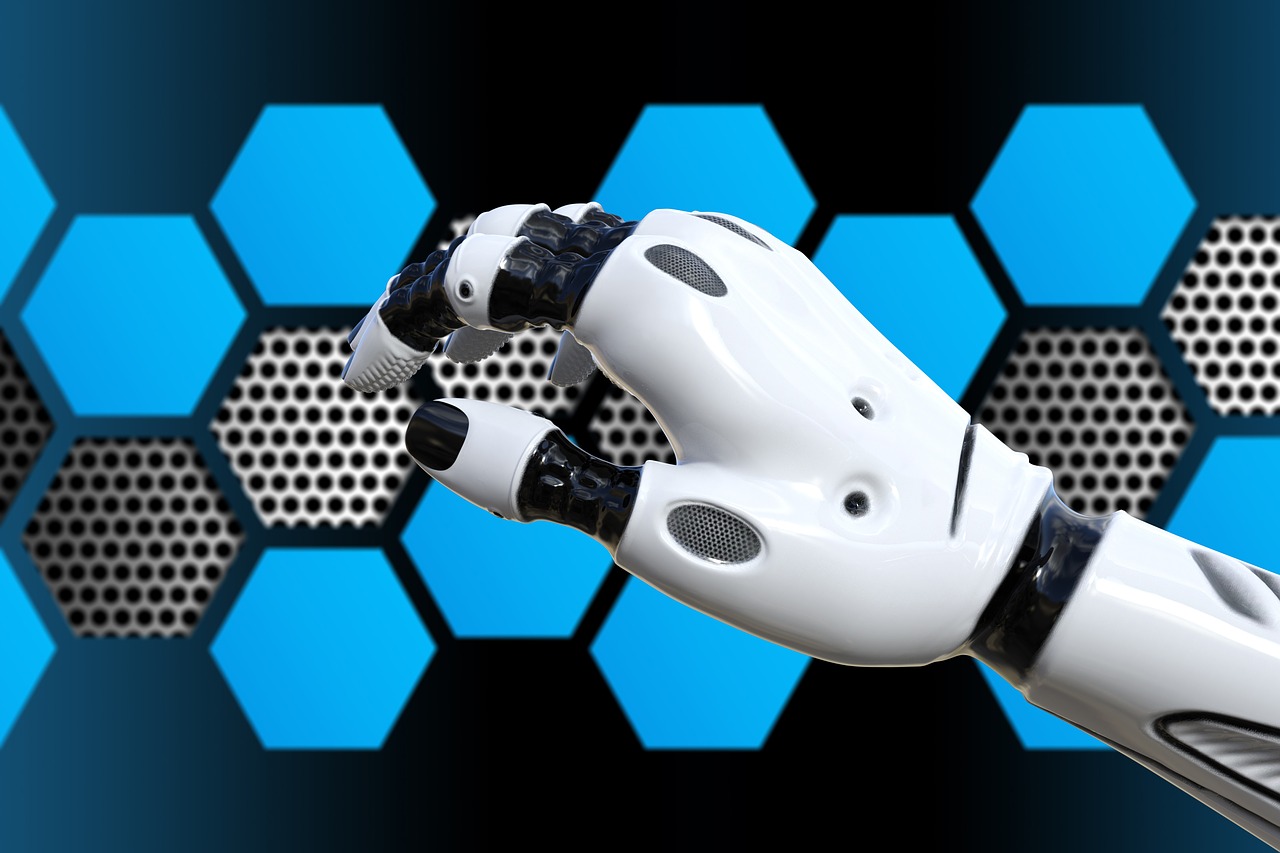How Does F1 Technology Impact You Every Day? The worst job I ever had was working as a petrol station assistant. At least it paid for my first motorcycle. The worst job I ever had was cleaning the fridge out at a butchers. The worst job I ever did was a paperboy for my local paper back in Canada. Lots of early mornings and very, very cold winters in Canada, of course. So, no fun, I much prefer what we do now. For decades, Formula One is not only the Champions League in motorsport, Formula One is also known as the fastest R&D lab on earth. How Does F1 Technology Impact You Every Day?
How Does F1 Technology Impact You Every Day?

The notion was that motor racing technology would sooner or later trickle down to road car technology. Since the introduction of hybrid powertrains, F1 cemented itself at the forefront of technology, from consumer electronics to medical technology and smart cities. When we see the engine first fire-up, that’s the point that we say that the Power Unit has come alive. I think some of the dramatic steps that we are taking in the naturally aspirated era, we are hitting 20,000rpm.
I think in the hybrid era, starting in Melbourne 2014 at 44{0200a47673485610640b637afa5ff10abec096eabb6904aec7ef83f08b4209ae} thermal efficiency, that was an amazing achievement. And now, having Power Units that achieve 50{0200a47673485610640b637afa5ff10abec096eabb6904aec7ef83f08b4209ae} thermal efficiency, those sort of milestones are points in your career as an engineer that you will always remember. 2014 regulations aligned the mission of the road car world with that of Formula One. And so, everything we work on now does have relevance in not just the road car world but many energy conversions.
So, over the course of a weekend we might run anywhere from 200 to 400 sensors, it really depends on the day. So, on a Friday, for instance, when we are getting the car developed and we are really trying to gather as much information as possible, we might have up to 400 individual sensors on the car. Over the course of the weekend, we take sensors off the car and try and get it down to its sort of fighting weight, the racing weight. One of the things you may have spotted on television before is this little pod, and this contains a series of temperature sensors that are actually looking towards the front tyre and giving us a profile of temperature all across the front of the tyre.
And the driver then has access to that information on his dash, so he is really getting direct feedback about what the tyre is doing and how it is reacting to everything that he does in the corner. Not many years ago we had a telemetry link to the car that was bi-directional, so we could send settings back to the car. And that’s no longer allowed, because I think people began to feel the engineers were driving the car. So, instead what we have now is a really nice situation where we close the loop around the driver and all that information exists to amplify what the driver can do and make the car do exactly what he wants it to do. How Does F1 Technology Impact You Every Day?
That sort of synthesis between the driver and the car is stronger than ever because of the amount of data. It would be fun if we were allowed to drive it, but I am glad they do it. When the car comes back into the pits, as it is approaching the garage, we get this high bandwidth link going and we start to pull that information off the car. So, by the time the driver gets back in the garage, our tyre engineers are looking at those thermal camera images and they know exactly what his tyres have been doing throughout that lap. The umbilical gives us like a more conventional network link to the car, connecting the car as if we were connecting a laptop and it also powers the car and allows us to do some other settings.
A lot of these high bandwidth systems they both come from and make their way back into things like high bandwidth smartphones. Some of that technology comes to us from that world, and some of the development they do with us makes its way back into those devices. We have been looking at 5G wireless technologies to download a huge amount of data in a matter of a few seconds rather than many minutes. Now, the challenges for the road car will be the collection of huge amounts of data, so again wireless data technology is going to be really important, finding ways to send more data, faster.
You have started to see for instance on road cars tyre pressure sensors that are within the wheels and will give you an indicator if you are starting to lose pressure in a wheel, and those things work their way into brake-by-wire systems or anti-lock braking systems for instance that are on road cars. What we find is that both in the road car and in the Formula One world, we’ve become very dependent on simulation technology. In fact, the whole design and development are very much now in the digital domain. We have to make sure that the simulation matches the real world, so we need real world data to keep checking that our simulation is correct. We couldn’t have arrived at this level of sophistication in wind tunnel testing without additive layer manufacture.
I think it’s early days for machine learning, we have got some tools that have solved a difficult problem that we couldn’t of solved a few years ago. We have seen both develop at the same time. It’s a really tough environment, so if you can make technology work on a Formula One car, you can definitely make it on a road car. We are setting up what might be the equivalent of a data centre for a small company, but we’re setting it up in a different garage, every week in 21 countries a year. High noise, high vibration, lots of carbon dust coming off the brakes, it’s a pretty terrible place to try and set up a data centre. It’s a challenge, but good fun The thing that keeps me driving in Formula One over all these years is because you have always got a new problem, and you have got a lot of people to help tackle that problem that have just got an attitude of ‘yes, we are going to do it’. Right, you can make me sound clever out of that, I am sure.

